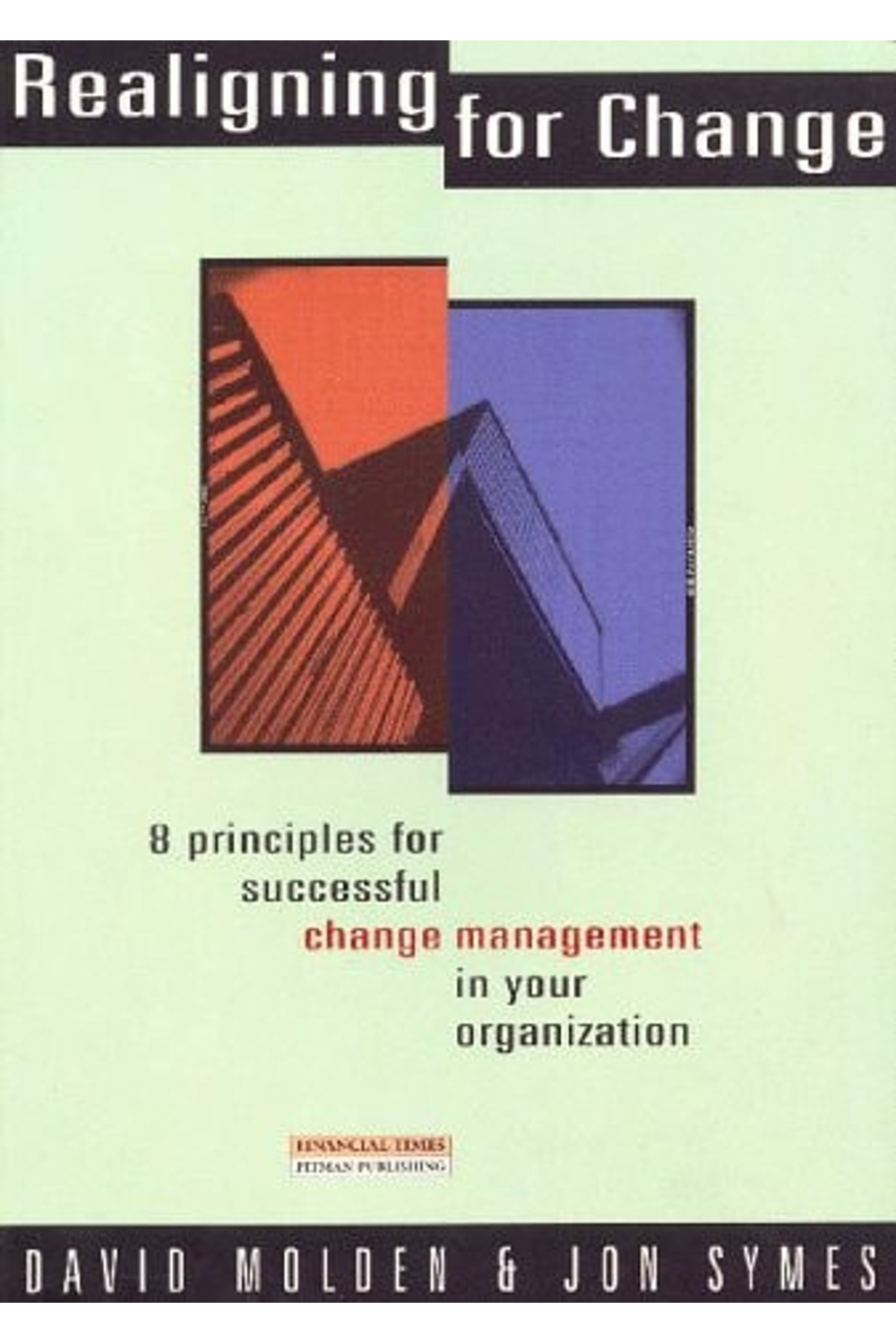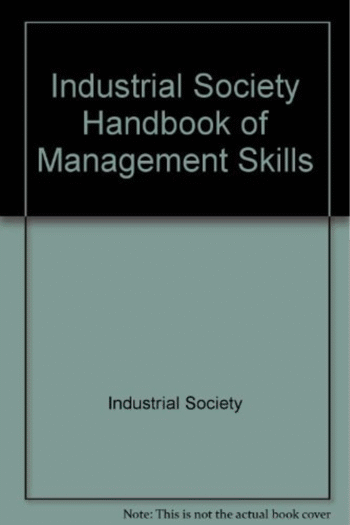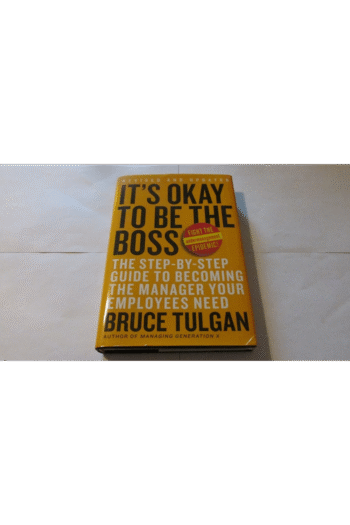Navigate organizational transformation with “Realigning for Change,” a practical guide by David Molden and Jon Symes focused on building a resilient and adaptable business. More than just theoretical, this book provides eight core principles for successfully managing change initiatives, addressing misalignment issues that commonly hinder performance. Drawing upon their expertise as NLP consultants, Molden and Symes deliver actionable strategies for internal assessment, fostering buy-in, and empowering employees to embrace change. Discover how to diagnose underlying issues, improve communication, and build a culture of continuous improvement. Published by FT Press, this book offers a timeless model for leaders and teams seeking to thrive in today’s evolving business landscape. Suitable for senior leaders, middle managers and entry level staff alike.
Realigning for Change: 8 Principles for Successful Change Management in Your Organization
32,01 $
In stock
Change management remains “top of the management pops” according to current surveys on the most pressing issues. Senior managers and executives, middle managers, and front-line staff are constantly asking the following questions: Why is change necessary? Why is corporate change an ever present phenomenon? Why is change management such an issue, and if it is a real one, how do we address it? Organisational aims (primarily internal rather than external) are often “out of synch” – mis-aligned – thus causing friction and under-performance. This could be the result of differing individual perceptions of organisational focus/competencies/capabilities, or differing organisational values/cultures, or differing, ill-defined roles for individuals. An understanding of the concept of misalignment and an action plan for dynamic realignment (change management) are what this book delivers. Realigning for Change provides an internal assessment of change management and, crucially, delivers a model for successful change intervention. Authors : David Molden and John Symes are NLP consultants, specialising in the implementation of change programmes.
| Authors | |
|---|---|
| Binding | |
| Condition | |
| ISBN-10 | 0273633813 |
| ISBN-13 | 9780273633815 |
| Language | |
| Pages | 290 |
| Publisher | |
| Year published | |
| Weight | 580 |
| Dewey decimal | 658.406 |
Related products
-
Winning
13,15 $
- Additional information
- Currencies
- USD – United States dollar
- EUR – Euro
- GBP – Pound sterling
- CNY – Chinese yuan
- BRL – Brazilian real
- MXN – Mexican peso
- JPY – Japanese yen
- PHP – Philippine peso
- THB – Thai baht
- PLN – Polish złoty
- CAD – Canadian dollar
- MYR – Malaysian ringgit
- AUD – Australian dollar
- TWD – New Taiwan dollar
- CZK – Czech koruna
- SEK – Swedish krona
- HUF – Hungarian forint
- ILS – Israeli new shekel
- CHF – Swiss franc
- HKD – Hong Kong dollar
- DKK – Danish krone
- SGD – Singapore dollar
- NOK – Norwegian krone
- NZD – New Zealand dollar





